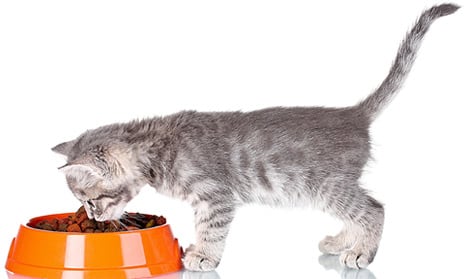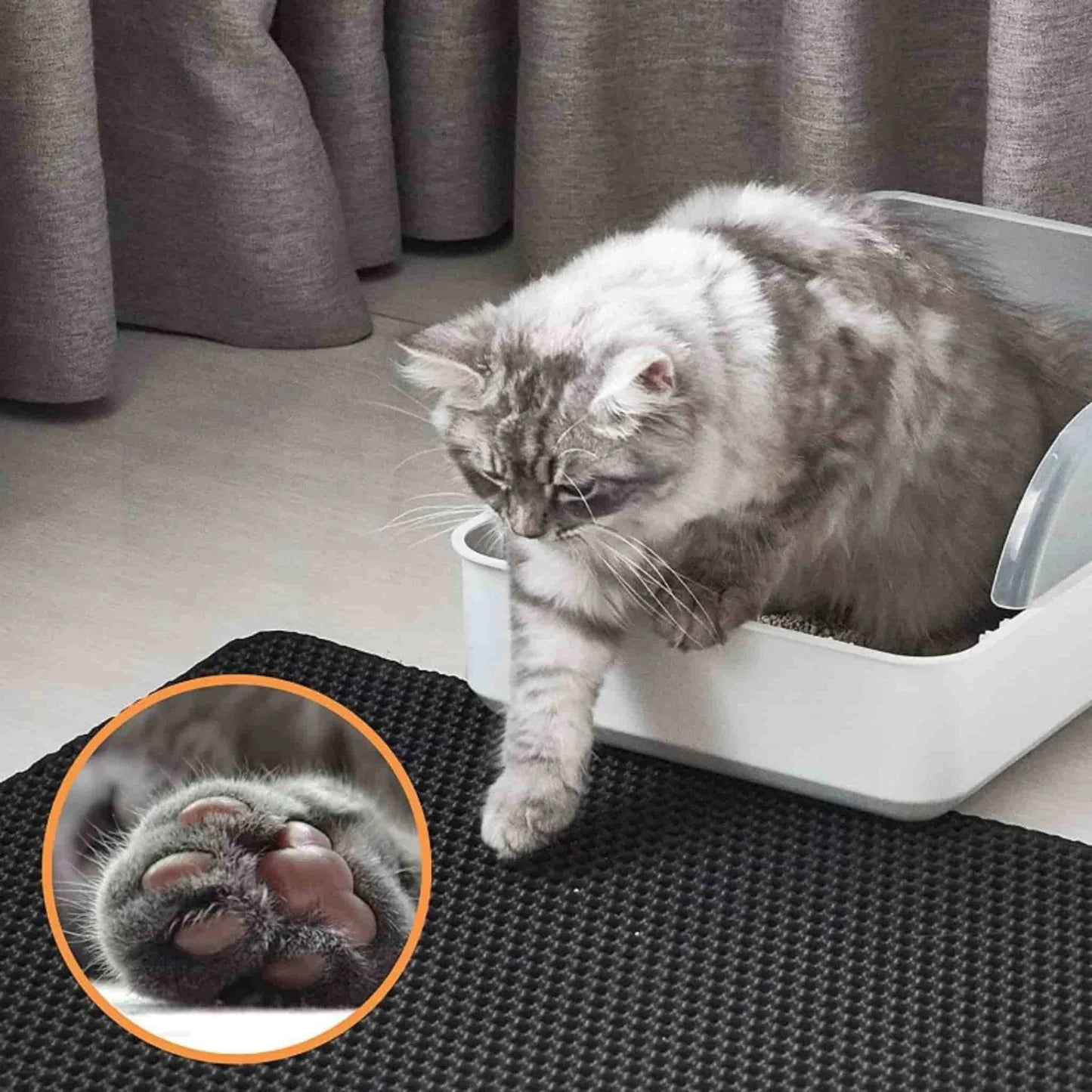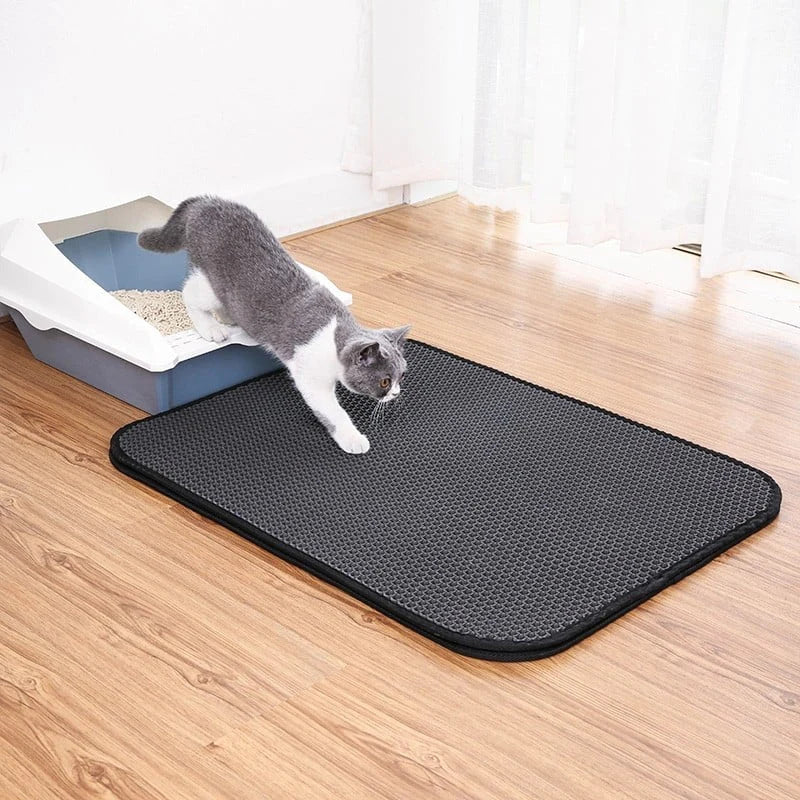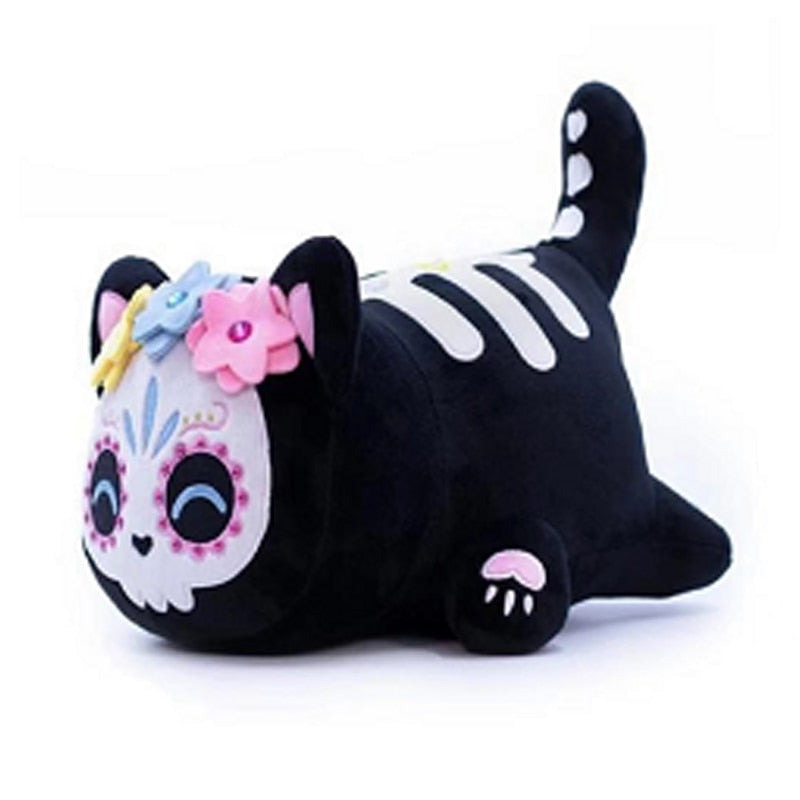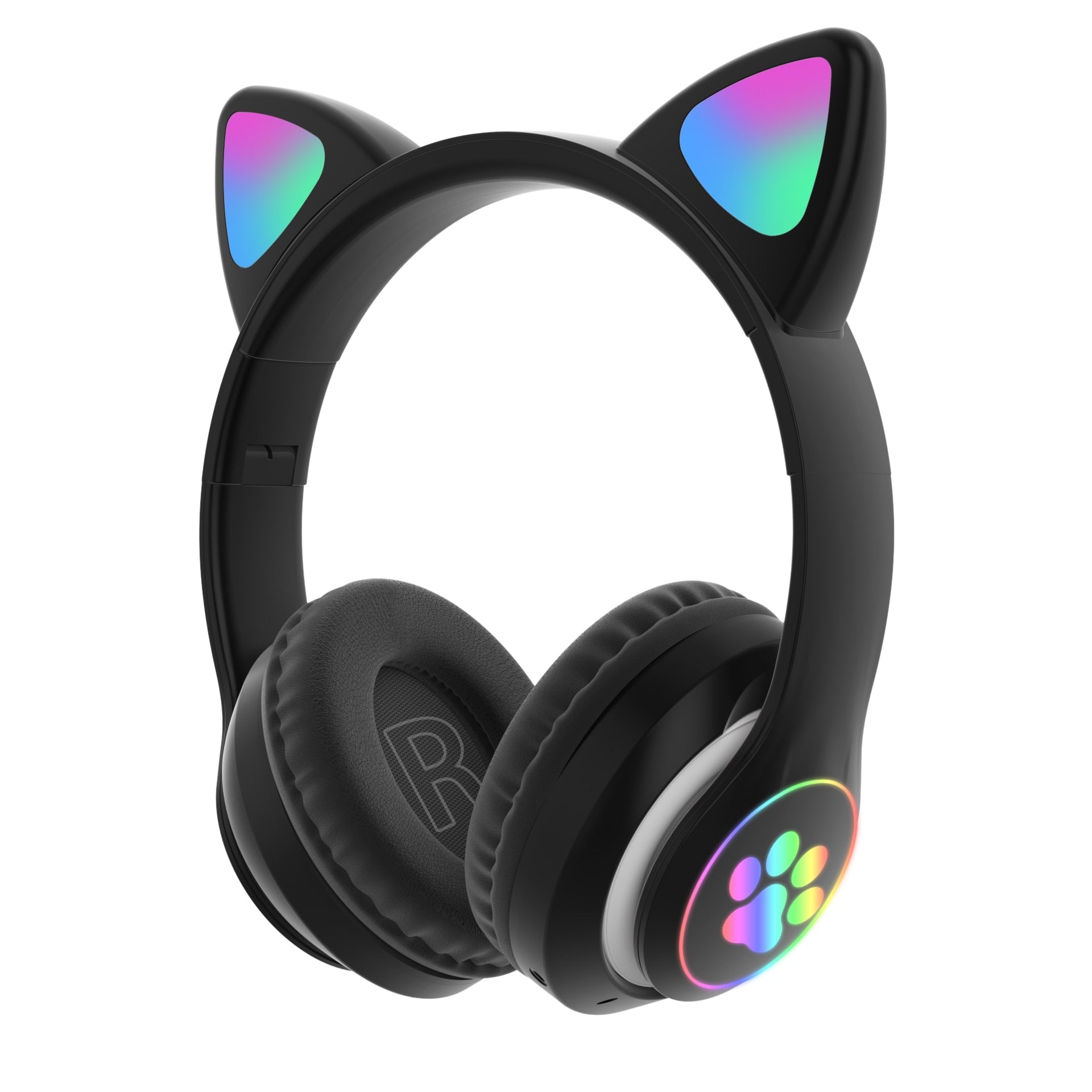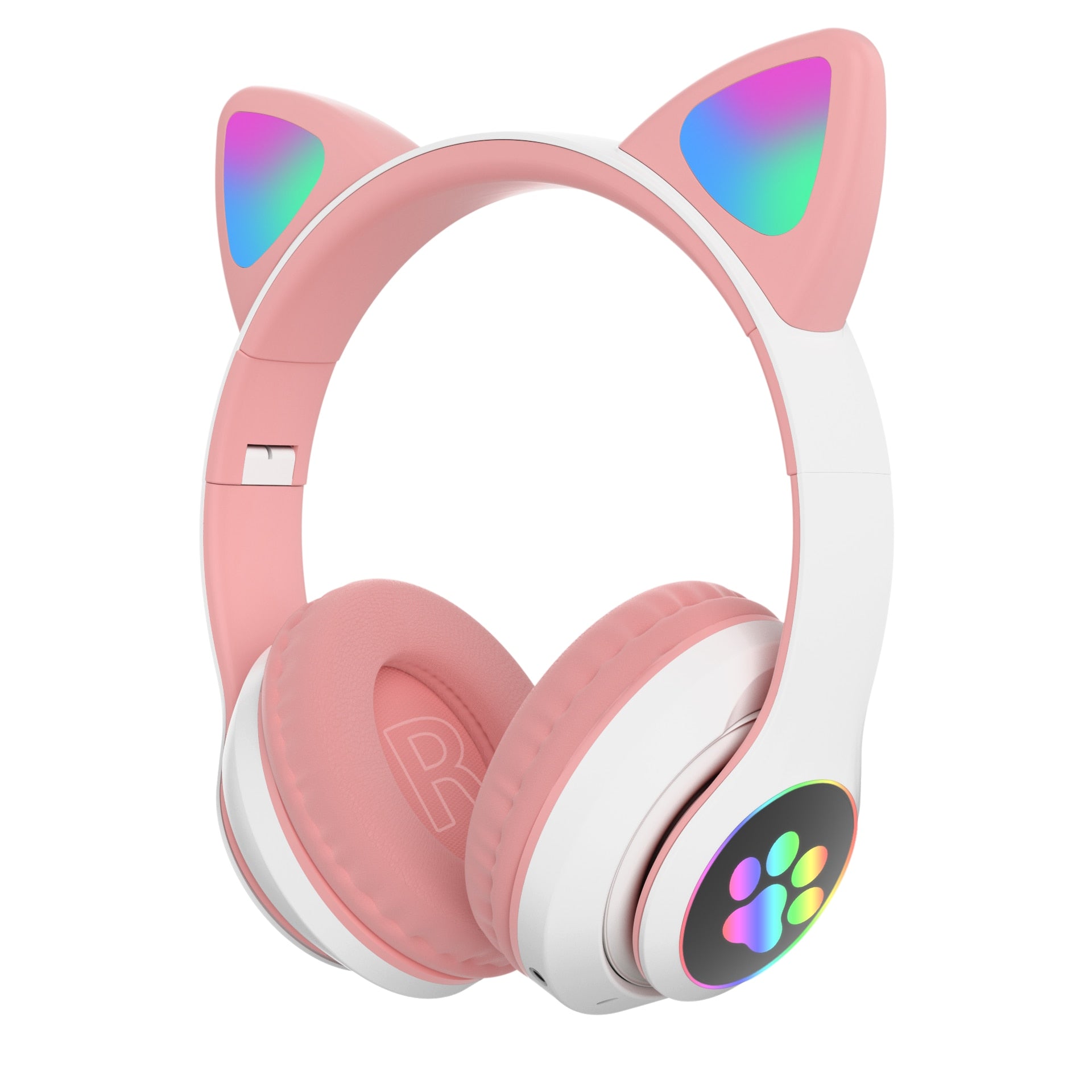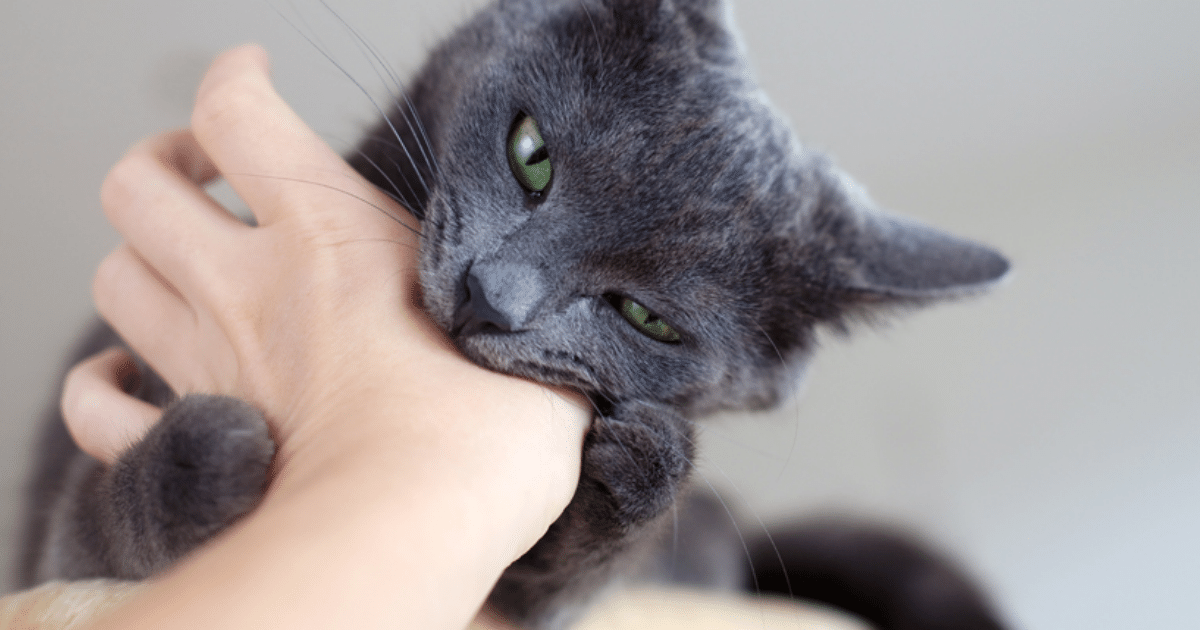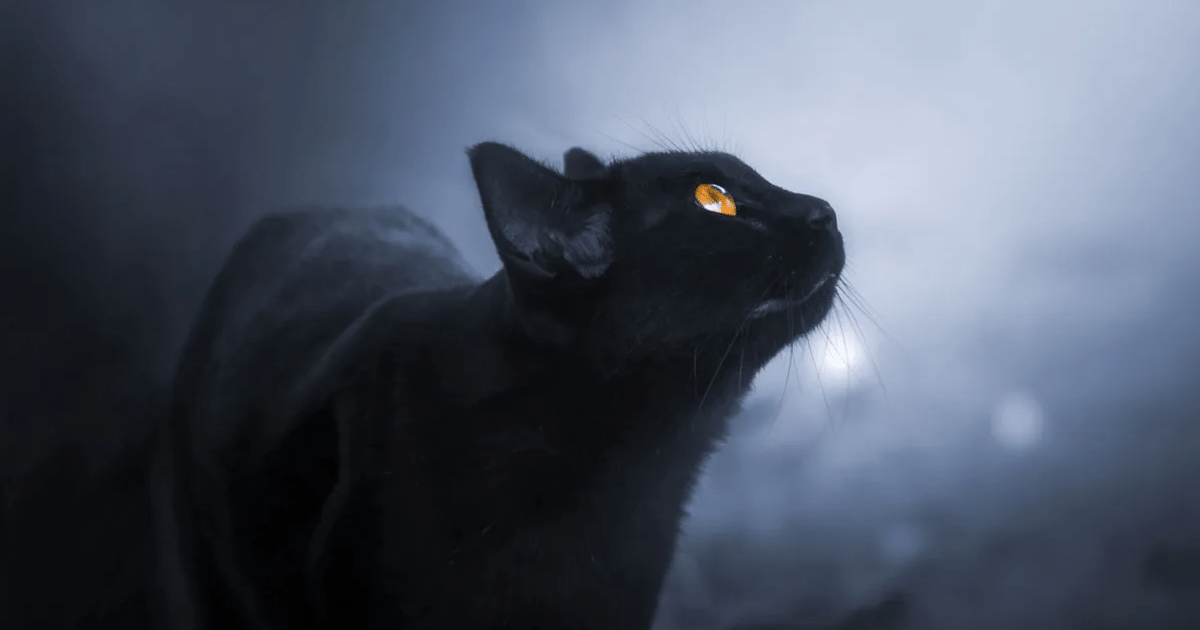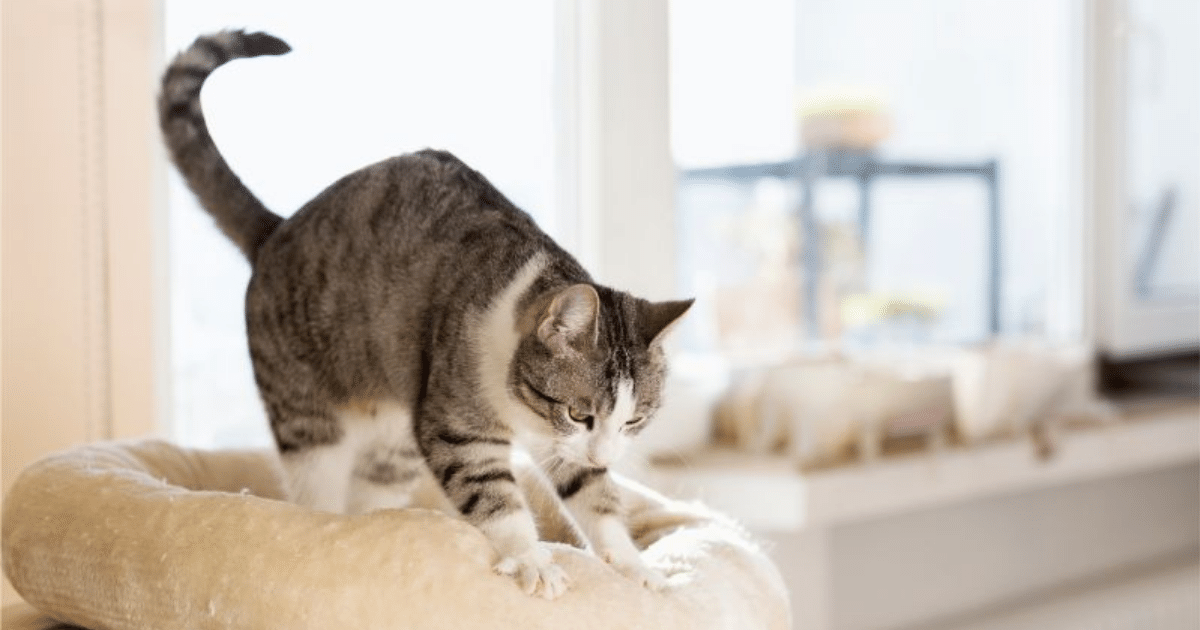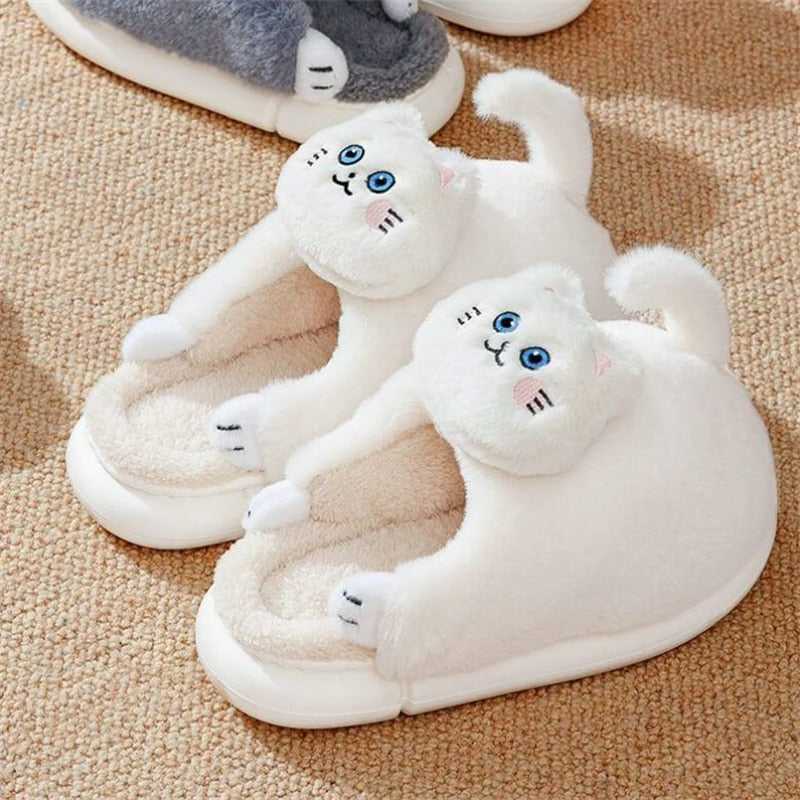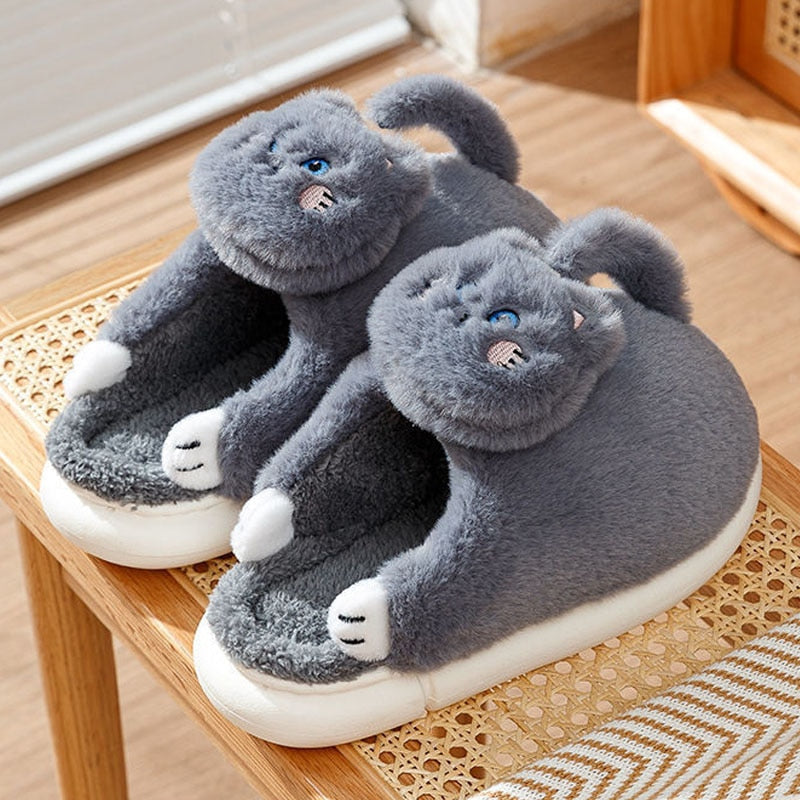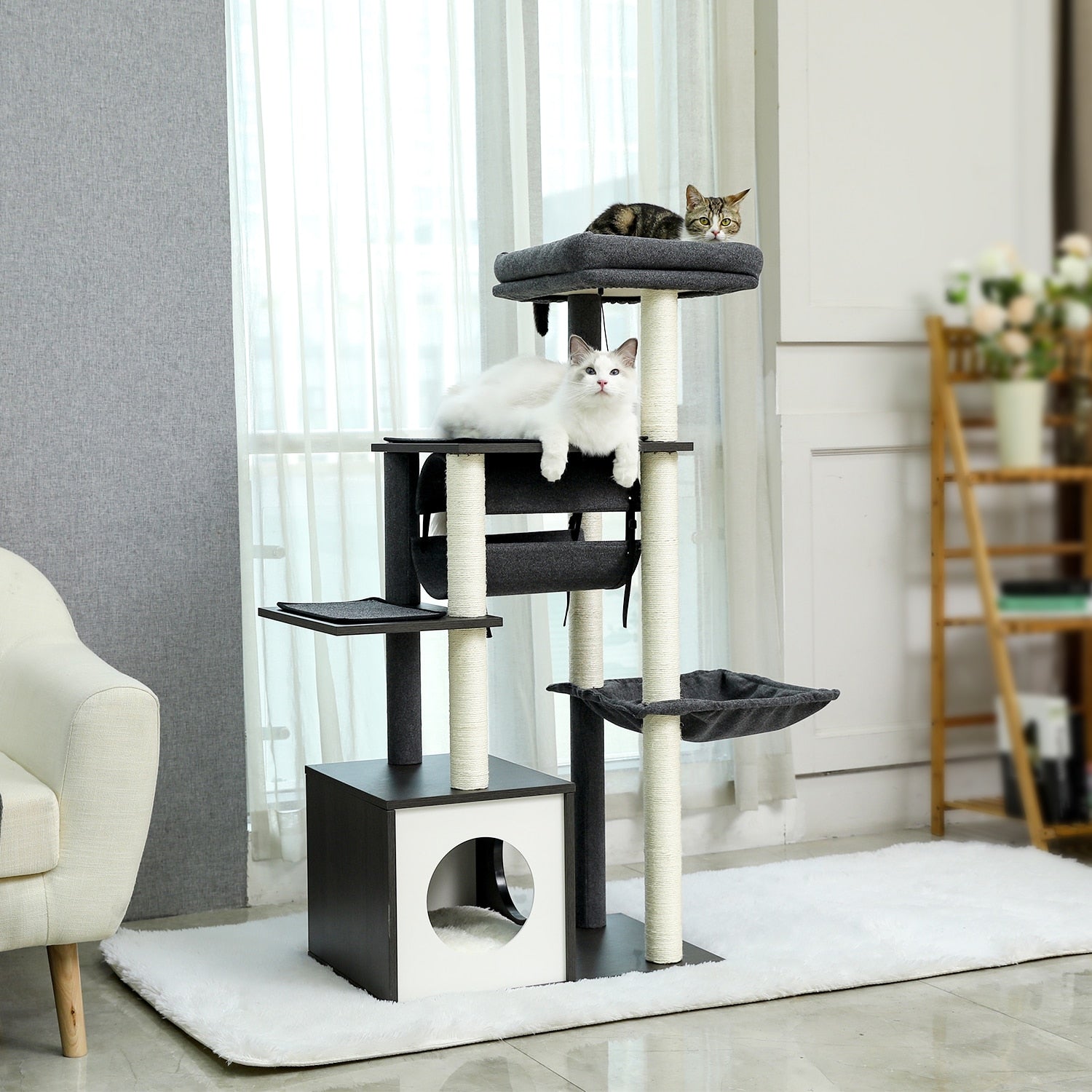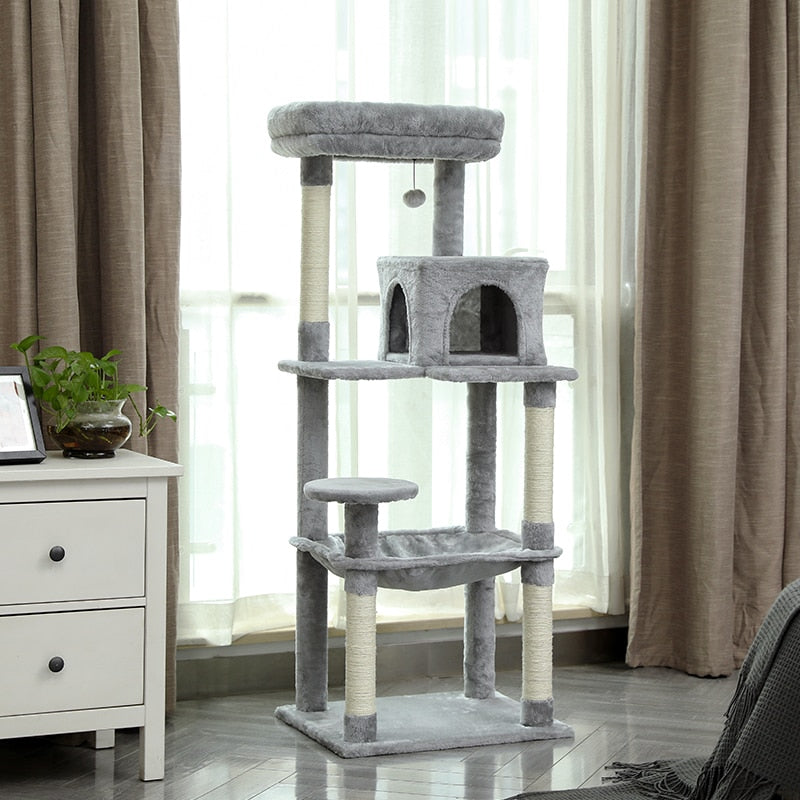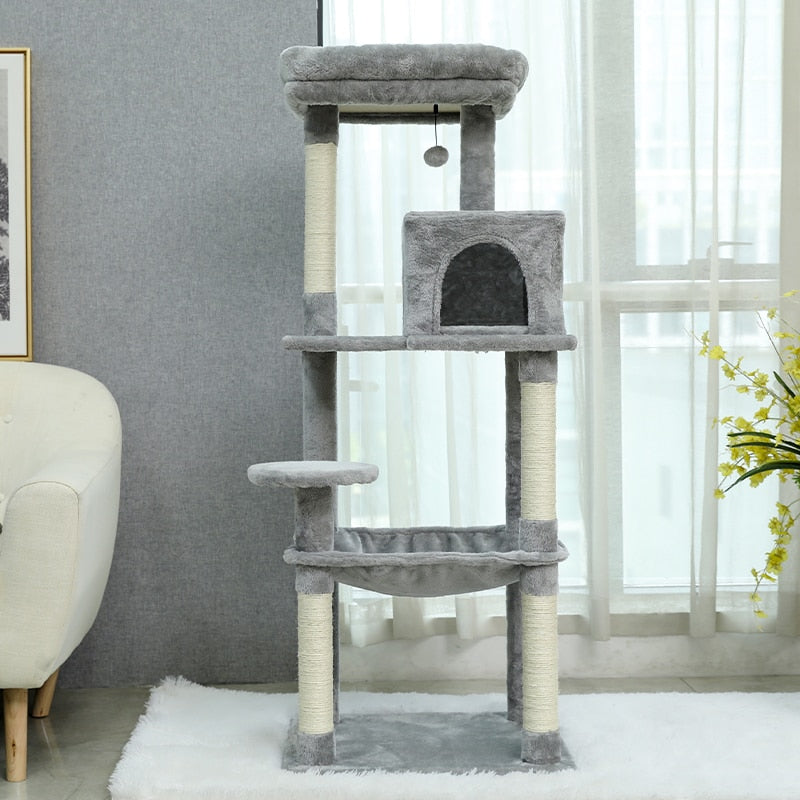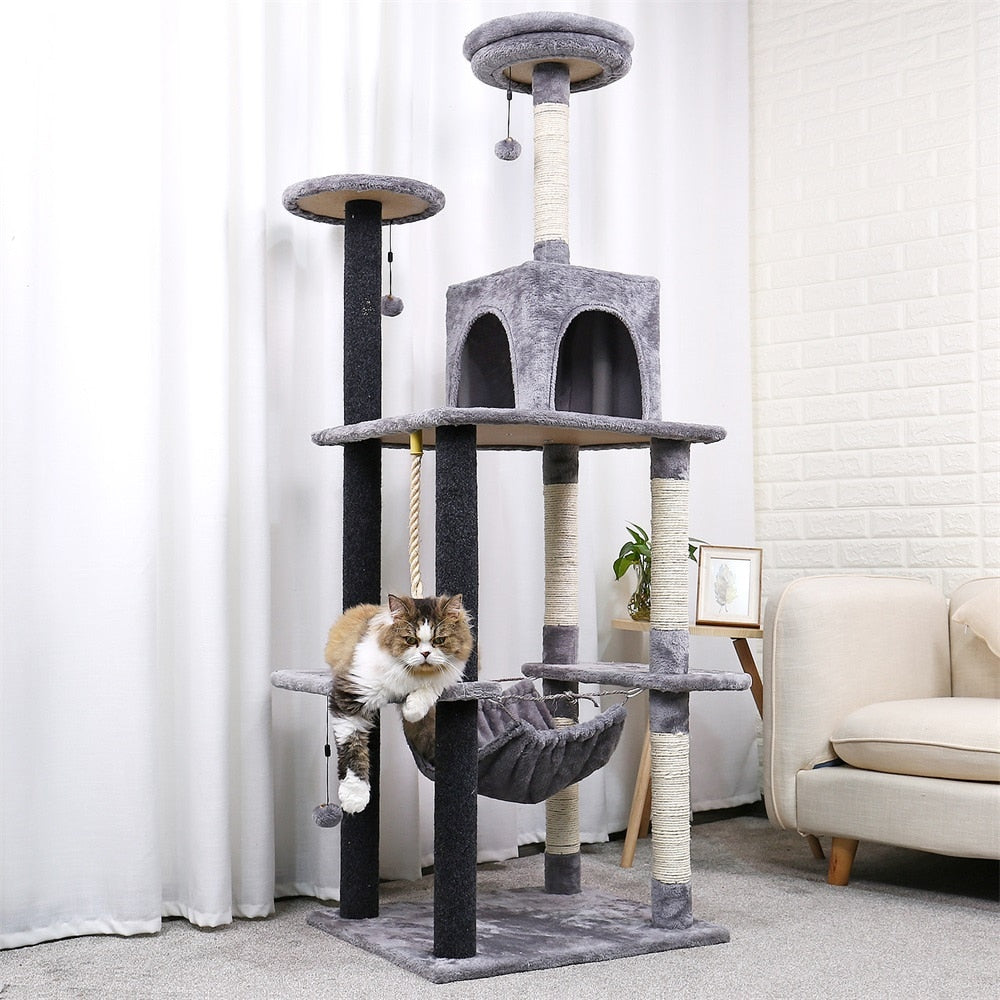The first times with a kitten are quite delicate, especially for his food, you may not give him enough to eat or too much kibble. You are lucky, because feeding a kitten is not that complicated, especially with kibble. You will finally know the right amount of cat food to give your kitten.
he optimal amount of kibble for the kitten
The amount of kibble should correspond to the weight of the kitten, it is according to its growth that the amount of kibble should change.
- After weaning at the age of about 1 month the kitten should eat 25 - 40 grams of kibble per day.
- At the age of about 2 months the kitten should eat 25 - 40 grams of kibble per day.
- At the age of about 3 months the kitten should eat 40 - 50 grams of kibble per day.
- At the age of about 4 months the kitten should eat 55 grams of kibble per day.
- At the age of about 5 months the kitten should eat 55 - 60 grams of kibble per day.
- After 6 months the kitten should eat 75 grams of kibble per day.
| Age | Average weight | Daily Quantity | Calorie intake | Distribution in meals |
|---|---|---|---|---|
| 1 Month | 0.6 kg | 25 - 40 grams | 100 calories | 5 |
| 2 Months | 1 kg | 40 - 50 grams | 200 calories | 4 |
| 3 Months | 1.8 kg | 55 grams | 250 calories | 4 |
| 4 Months | 2.5 kg | 55 - 60 grams | 300 calories | 4 |
| 5 Months | 3 kg | 60 - 70 grams | 325 calories | 4 |
| 6 months to 1 year | 3.6 kg and more | 75 grams | 350 calories | 3 |
Be careful when choosing a rationing feeding!
Feeding your kitten in the form of a ration may seem like a good idea, but you must never let her go hungry or miss a meal, as this is a factor leading to the gluttonous cat phenomenon. You must remain available at all times of the day.
Kittens are able to regulate themselves a few months after weaning, so it is possible to leave them a full bowl of kibble at their disposal.
Your role will simply be to make sure he doesn't overeat. And act according to the recommended grammages for the kitten, as the kitten's needs evolve quickly, you may realize that the needs in kibbles for adult cats are quite different.
Understanding the impact of weaning on the kitten
After talking about kibble and the right amount to give him, it is necessary to understand what represents the weaning of the kitten and the transition between maternal milk and kibble.
Weaning, which occurs between 6 and 8 weeks of age, is a big step for the kitten, the transition from maternal milk to solid food such as kibble. A real upheaval in his diet. The kitten discovers kibbles with his mother progressively and makes them his main food.
As soon as the kitten eats solid food regularly, his weaning is done and you can offer him only kibbles.
The kibbles must provide as much energy as the mother's milk, that's why the kibbles for kittens are richer, so more energy for him.
The rhythm of the meals for the kitten
The first few weeks, the kitten has difficulty regulating itself and will eat a lot, a normal behavior that will stop after 1 to 3 weeks after weaning. The cat learns to regulate itself.
If you notice that your kitten eats too much and too fast, this is a sign of excess. It is only at this time that you should pace his meals, sharing the daily ration in two meals is sufficient.
As soon as the kitten regulates his eating habits, the moment he no longer eats his ration in one go. You can then leave him his available kibbles, always taking care of the quantity he eats.
Be aware that the risk of obesity in cats appears:
- During traumas such as withdrawal as a kitten
- After castration
- With the age and the decrease of activity
The kitten's eating area
Cats like to eat in a quiet place and do not like to be disturbed, besides you will notice that the cat always waits for a quiet moment and without activity from you to go and eat.
The kitten's kibble should be kept away from the litter box, as much for hygienic reasons as for the cat's instinct. The kitten's instinct is not to eat next to these droppings.
Also slightly away his water bowl, also by instinct the kitten will prefer not to eat near a water source. Water is essential for a cat fed with kibble, you must always leave some at his disposal.

